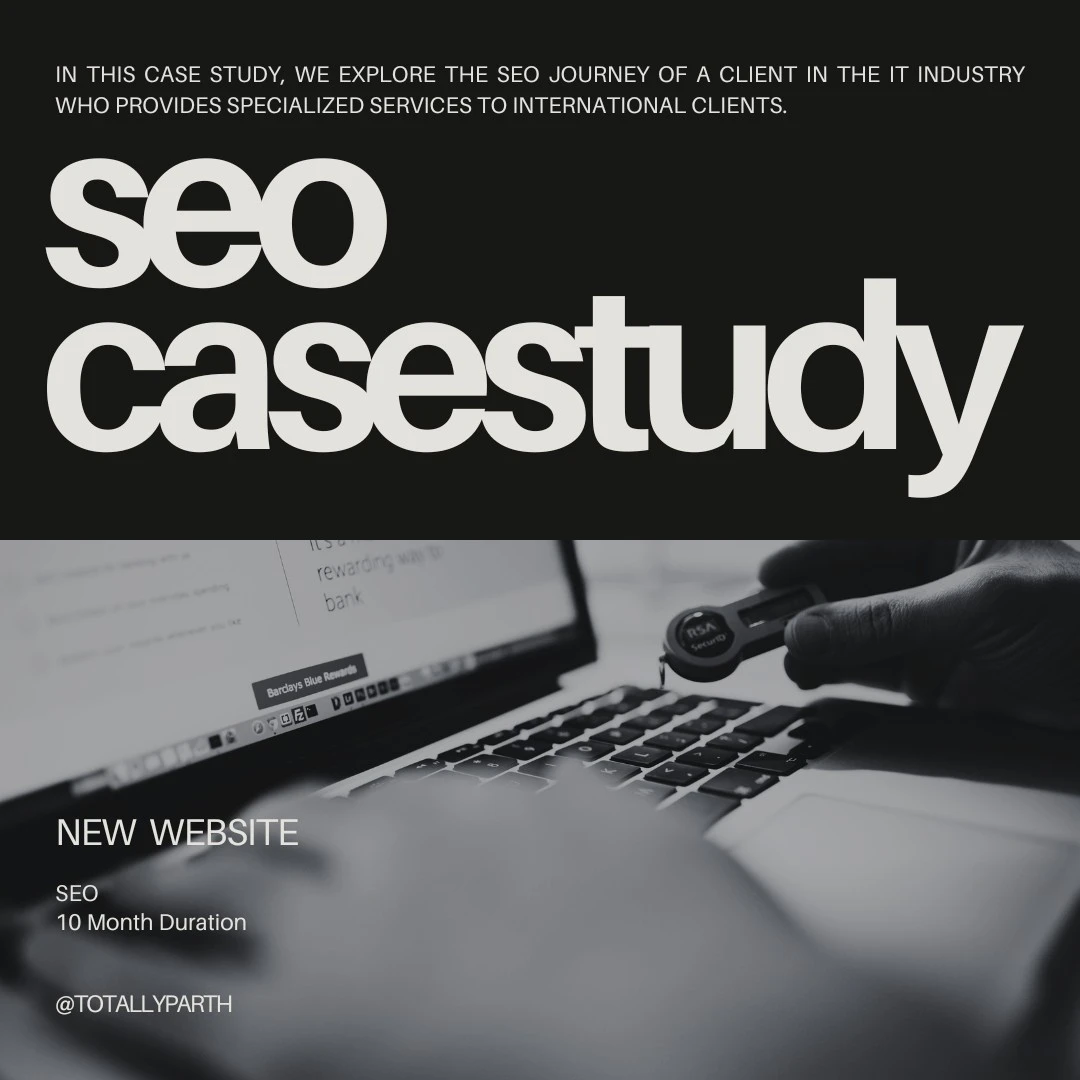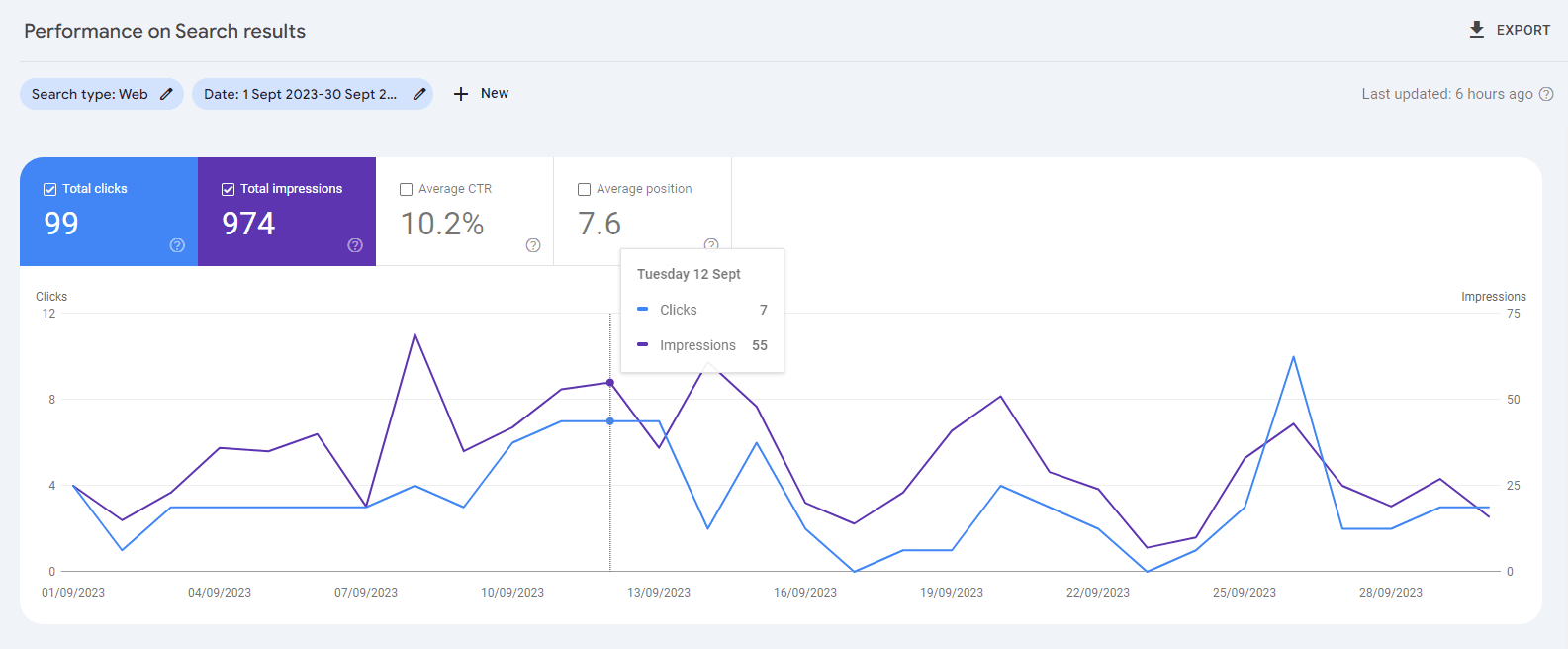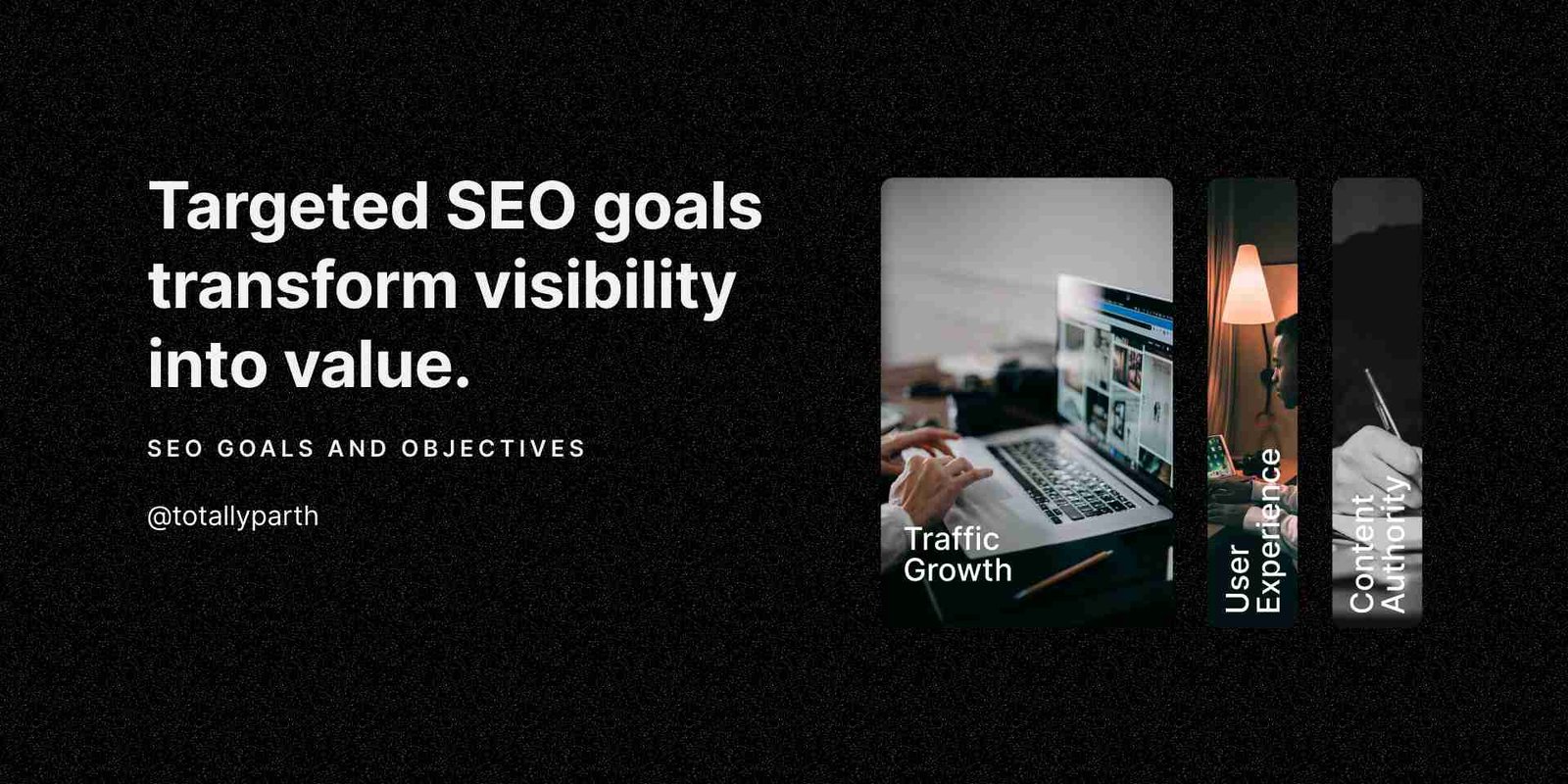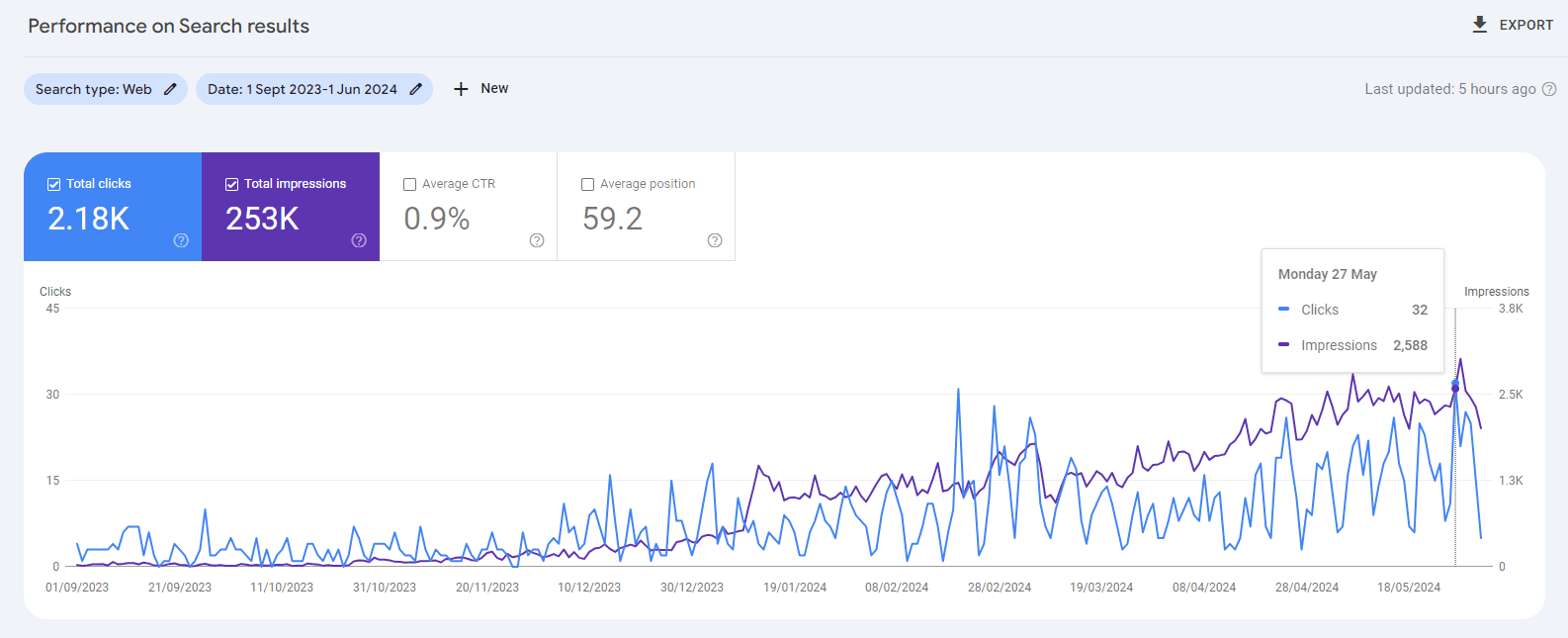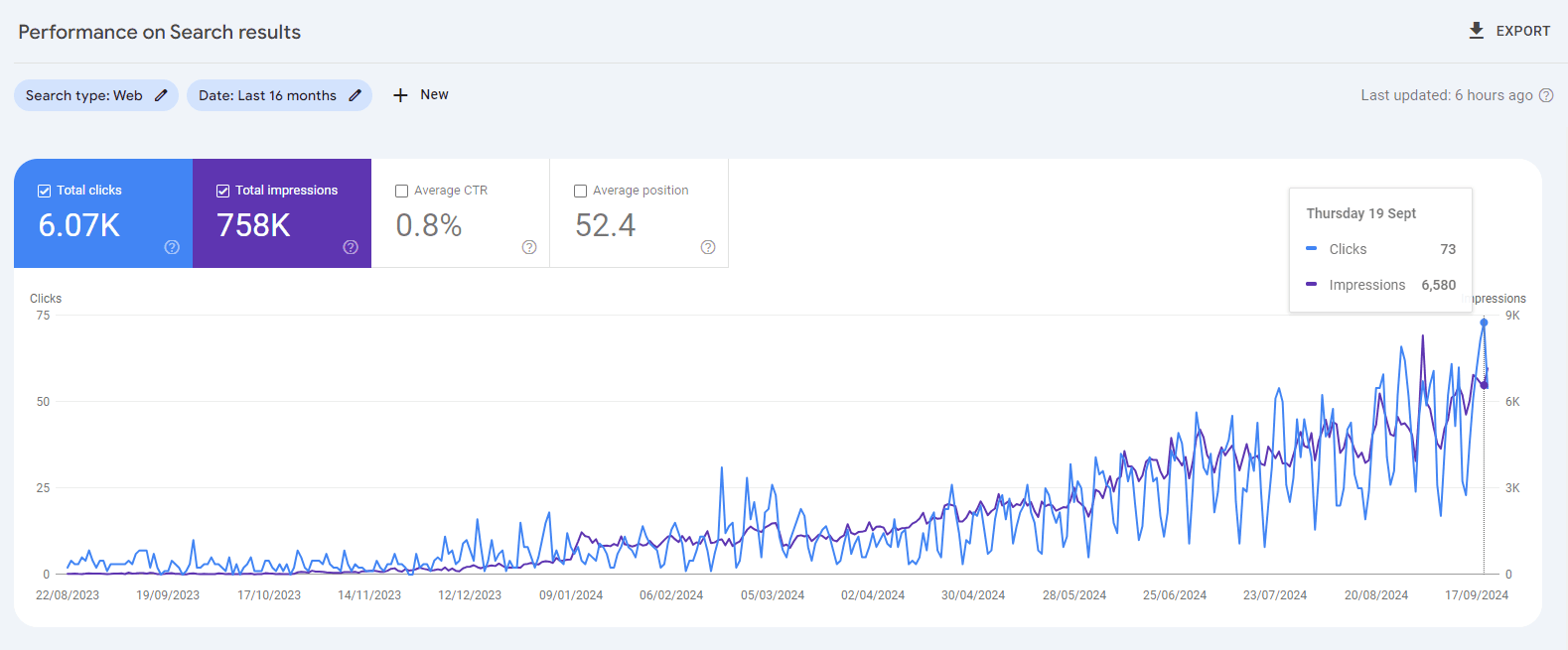Identifying client’s pain points is the first step in Creating a strategy that delivers results.
The primary pain point for the client was the complete absence of a structured SEO strategy.
Without a clear plan in place, their website lacked direction, leaving it to drift aimlessly in the vast sea of the internet. This was particularly detrimental given the competitive niche the client was operating in—IT services targeting international markets, where even minor improvements in SEO can lead to significant gains.
The client’s limited budget added to the challenge of creating an effective SEO strategy.
Small budgets build sharper strategies.
With that said, I dove into the audit and quickly narrowed down the key issues. The site was relatively new but had a few pages already. However, it completely lacked structure, had almost no blog content, and only a handful of service pages.
Now, while it’s not always necessary to have access to paid tools like SEMrush or Ahrefs, having them can definitely enhance the quality and accuracy of the audit.
Your client’s pain is in the data—dive deep to spot missed opportunities
If not for this obstacle, we could have delivered results within a six-month window.
Although the project spanned around 10 months, there are a few key phases to keep in mind.
The initial work kicked off in September, and by October end, most of the SEO research and planning were wrapped up. This phase was crucial, as it involved laying out the entire SEO strategy, determining the exact number of service pages to be created, planning the internal linking structure, and finalizing the page layouts.
We also developed a comprehensive content calendar, mapping out nearly two years’ worth of blog topics organized into clusters.
the biggest hurdle we faced was in the implementation phase.
The pages weren’t being executed as planned, and the pace of implementation was much slower than anticipated. Out of the 70 pages planned, only 15 were created and implemented in the first four months. These delays were a major setback, affecting the overall progress of the project.
Despite my role being primarily focused on SEO, I found myself designing WordPress pages and, in some cases, even working on the design itself just to keep the project moving forward.
It became clear that for better results, we needed to outsource the implementation process. Initially, the client was a bit hesitant, but after some discussions, they agreed—ultimately, this turned out to be a smart decision, although it cost us an additional month of lost productivity.
Once the new team came on board, we quickly assessed the situation and began the implementation in earnest. Within next four months, the entire site was ready, featuring a consistent theme, optimized internal linking, and proper SEO optimization.




